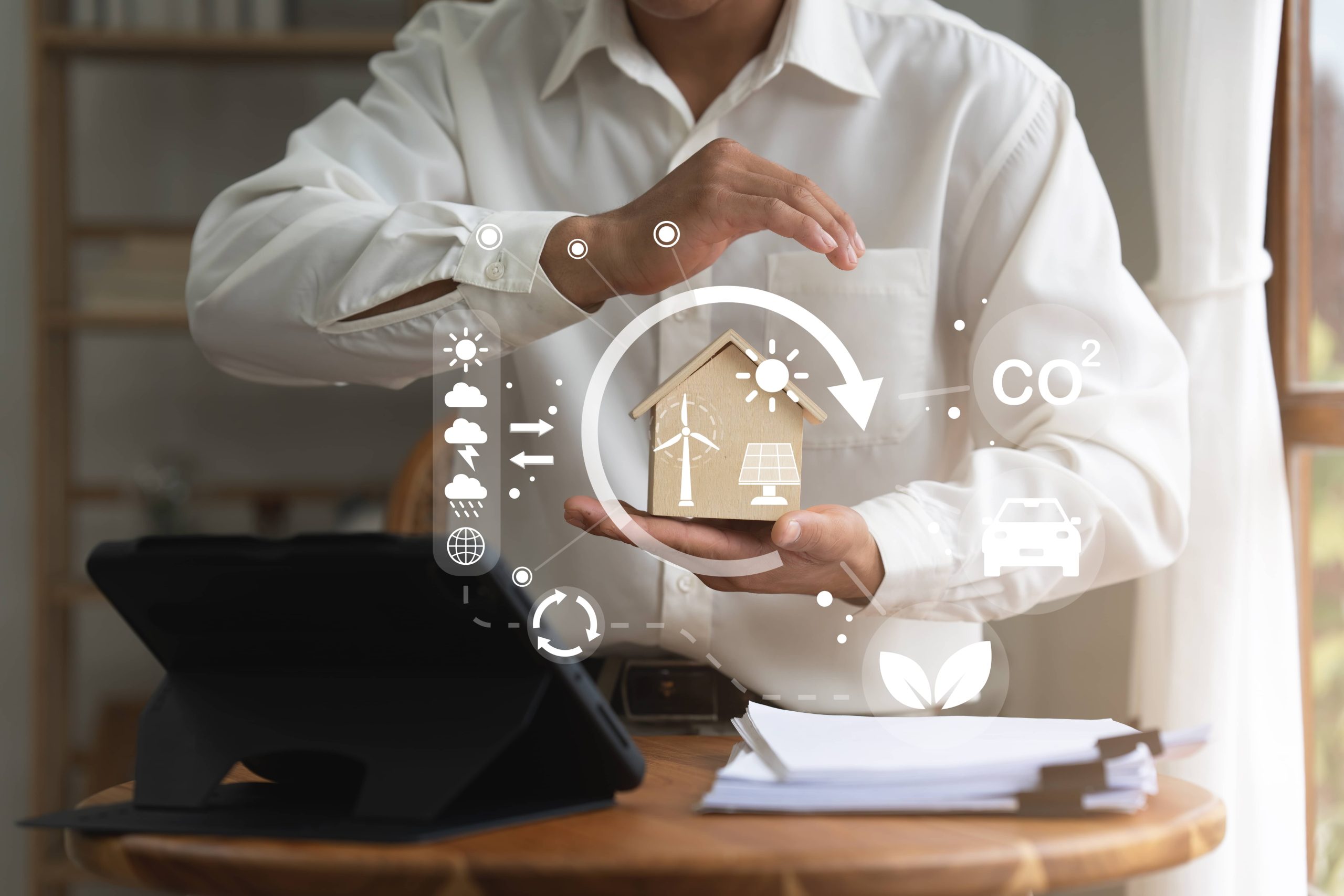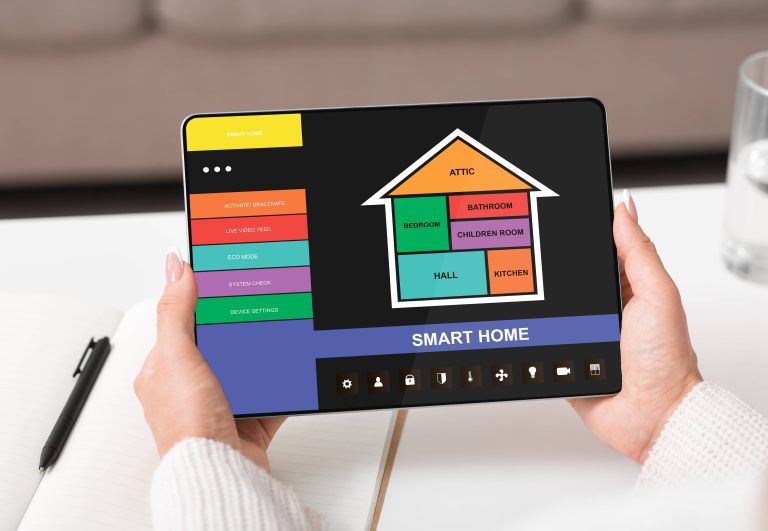
In the burgeoning era of smart homes, energy efficiency and sustainability are more than mere buzzwords; they are attainable goals that revolutionize our living spaces and reduce environmental impact. Central to achieving these goals is the optimization of household systems, particularly Heating, Ventilation, and Air Conditioning (HVAC) systems. One of the most effective ways to enhance the performance of your HVAC system while promoting energy efficiency is through the deployment of smart sensors. This post delves into how smart sensors can optimize your HVAC system, offering both economic and ecological benefits.
Understanding Smart Sensors in HVAC Systems
Smart sensors are sophisticated devices that monitor various parameters like temperature, humidity, occupancy, and air quality in real-time. These sensors collect data continuously and communicate with the HVAC system to adjust its operations based on the gathered information. By leveraging advanced technology like the Internet of Things (IoT) and Artificial Intelligence (AI), smart sensors enable a more responsive and adaptive HVAC system, ensuring comfort while minimizing energy consumption.
Types of Smart Sensors Crucial for HVAC Optimization
1. Temperature Sensors: These sensors monitor the ambient temperature in each room and adjust the heating or cooling output accordingly. By providing precise temperature data, they prevent the HVAC system from overworking, thereby saving energy.
2. Humidity Sensors: Maintaining the right level of humidity is crucial for comfort and health. Humidity sensors can detect moisture levels in the air and prompt the HVAC system to dehumidify or add moisture as needed.
3. Occupancy Sensors: These sensors detect the presence of people in various rooms and adjust the heating or cooling accordingly. This ensures that energy is not wasted on unoccupied spaces, promoting efficient energy use.
4. Air Quality Sensors: Air quality sensors monitor pollutants, allergens, and CO2 levels. By communicating with the HVAC system, they help maintain healthy indoor air by adjusting ventilation rates or activating air purifiers.
5. Smart Thermostats: While not purely sensors, smart thermostats integrate various sensor data to create a comprehensive view of indoor conditions and make intelligent decisions about HVAC operations.
Benefits of Using Smart Sensors in HVAC Optimization
Enhanced Energy Efficiency
Smart sensors ensure the HVAC system operates only when necessary and at optimal settings. For example, an occupancy sensor can reduce or turn off HVAC activity in unoccupied rooms, dramatically lowering energy consumption. According to the U.S. Department of Energy, using smart thermostats and sensors can save households about 10-15% on their heating and cooling bills.
Improved Comfort and Convenience
By providing granular control and automation, smart sensors enhance the comfort of living spaces. Temperature sensors ensure each room is at the perfect temperature, while humidity sensors prevent the air from becoming too dry or too humid. Occupancy sensors avoid scenarios where you walk into a chilly or overly warm room.
Maintenance and Longevity
Smart sensors also monitor the operational efficiency of your HVAC system. They can alert you to potential issues, such as clogged filters or refrigerant leaks, before they turn into costly repairs. Regular maintenance informed by sensor data can extend the life of your system.
Environmental Sustainability
Reducing energy consumption not only lowers bills but also reduces carbon footprints. By optimizing HVAC operations, smart sensors contribute to fewer greenhouse gas emissions, moving us closer to achieving environmental sustainability goals.
Steps to Integrate Smart Sensors into Your HVAC System
1. Assessment and Planning
Begin by assessing your current HVAC system and energy usage. Identify the areas where energy waste is most prevalent and consider which smart sensors can address these issues. Make a plan that includes the types of sensors needed, their placement, and integration with existing systems.
2. Choosing the Right Sensors
Invest in high-quality, reliable sensors from reputable manufacturers. Look for sensors that offer robust connectivity options, such as Wi-Fi or Zigbee, ensuring seamless integration with your HVAC system and other smart home devices.
3. Professional Installation
While DIY installation is possible for some smart sensors, professional installation ensures optimal performance. HVAC professionals can integrate sensors into the system correctly and configure them to communicate effectively with other components.
4. System Calibration
After installation, calibrate the sensors and your HVAC controls. This step involves setting the desired temperature, humidity levels, and preferred occupancy parameters to align with your comfort and efficiency goals.
5. Monitoring and Adjustment
Once operational, continuously monitor the system’s performance via smart home apps or dedicated interfaces. Adjust settings and schedules as needed, taking advantage of the data provided by the sensors to make informed decisions.
Future Trends in HVAC and Smart Technology
The future of HVAC systems lies in even more sophisticated smart technology. Predictive maintenance, powered by AI and machine learning, will become more prevalent, allowing systems to anticipate and resolve issues before they impact performance. Moreover, smart sensors will integrate more seamlessly with renewable energy sources, optimizing HVAC operations to utilize solar or wind energy effectively.
By adopting smart sensors for your HVAC system, you can enjoy a comfortable, energy-efficient home while contributing to global sustainability efforts. The initial investment is outweighed by the long-term savings and benefits, making it a wise choice for any homeowner embracing the smart home revolution. Embrace the future of HVAC technology today, and optimize your home for tomorrow.







